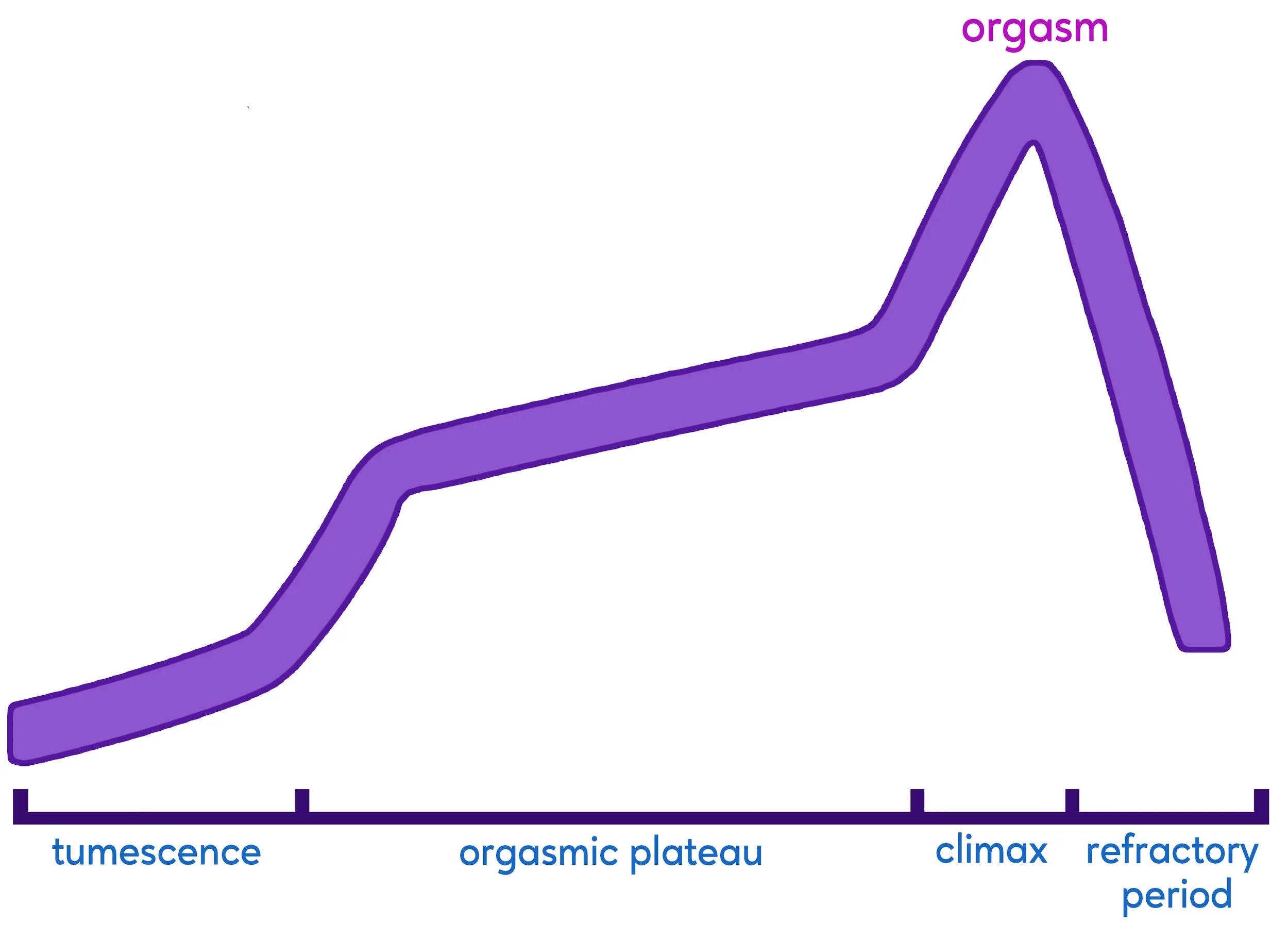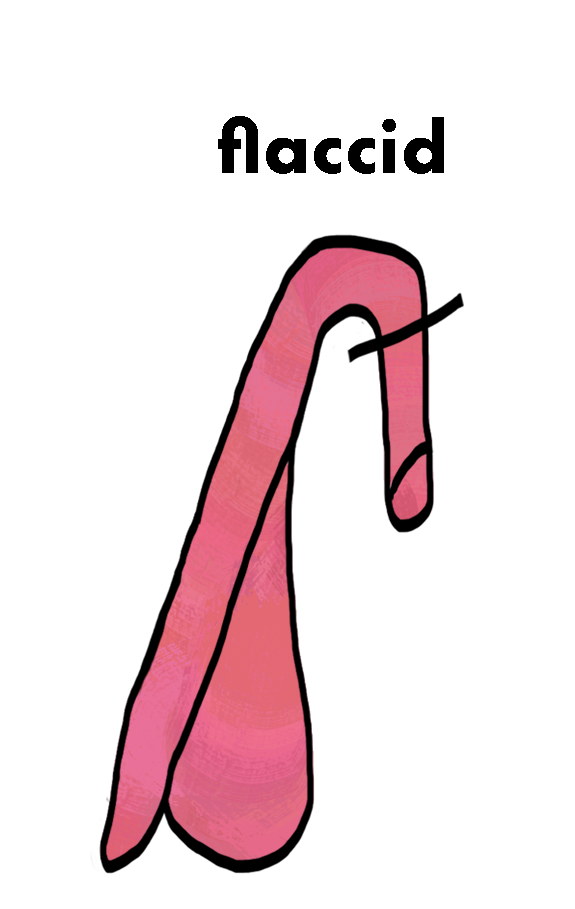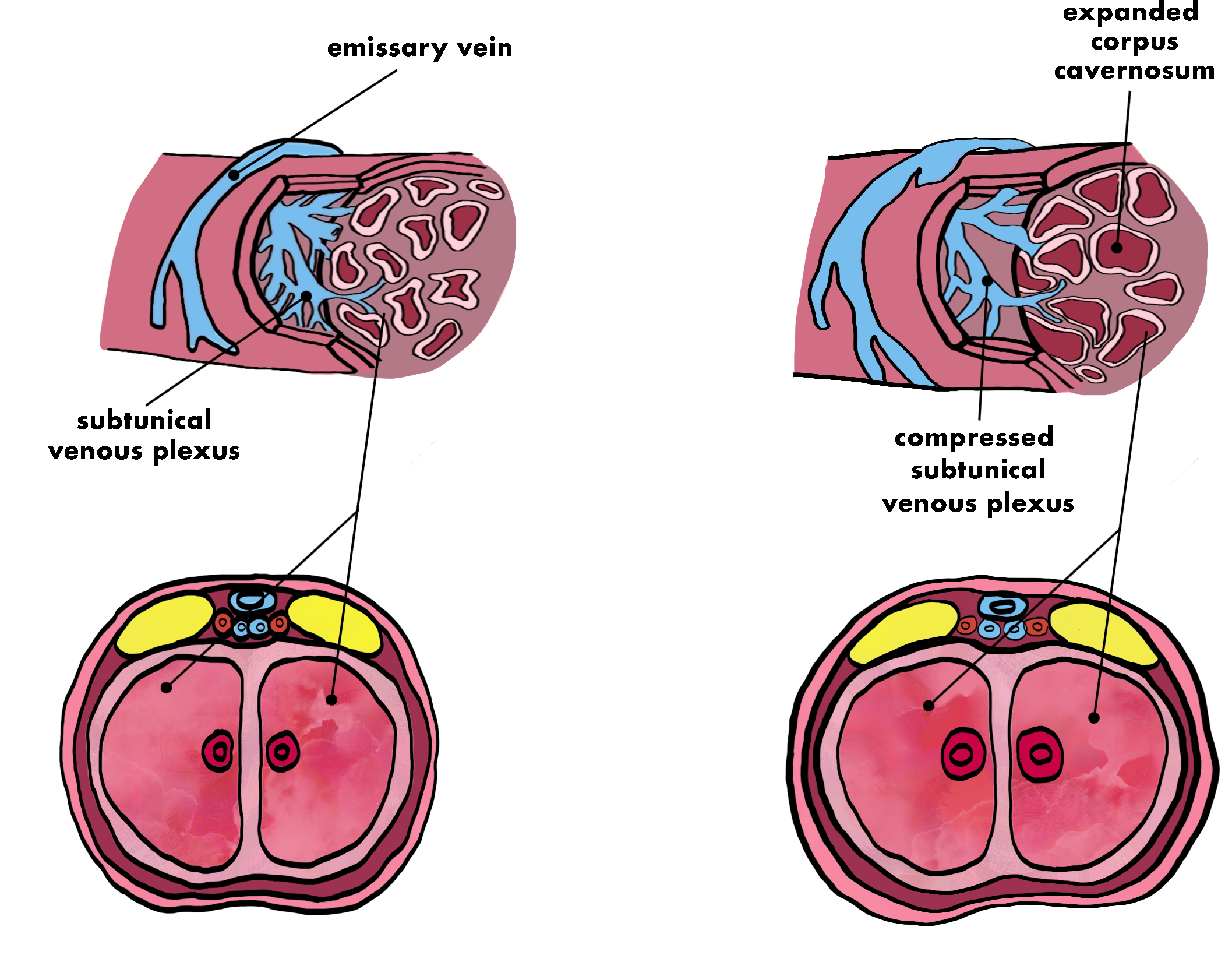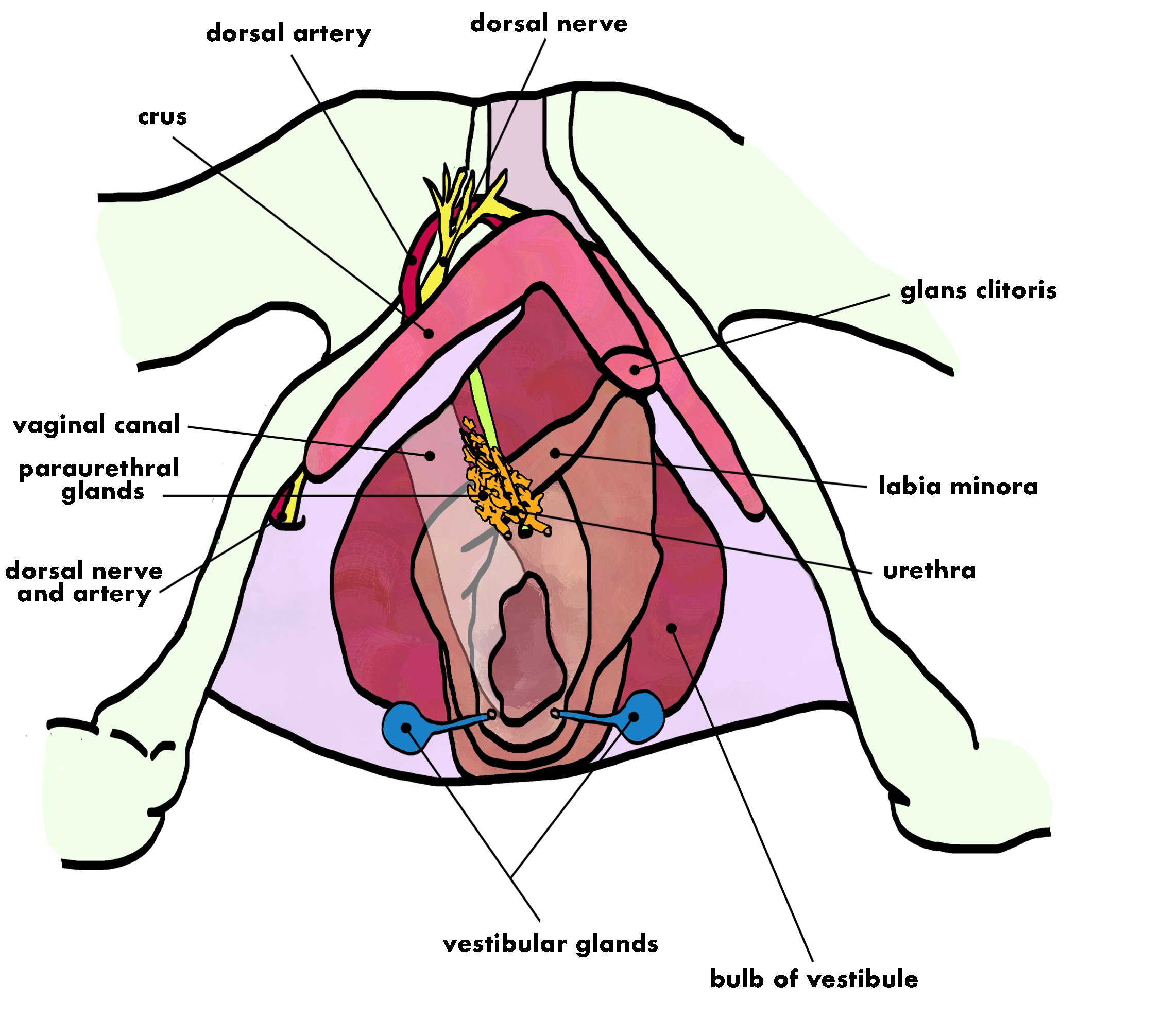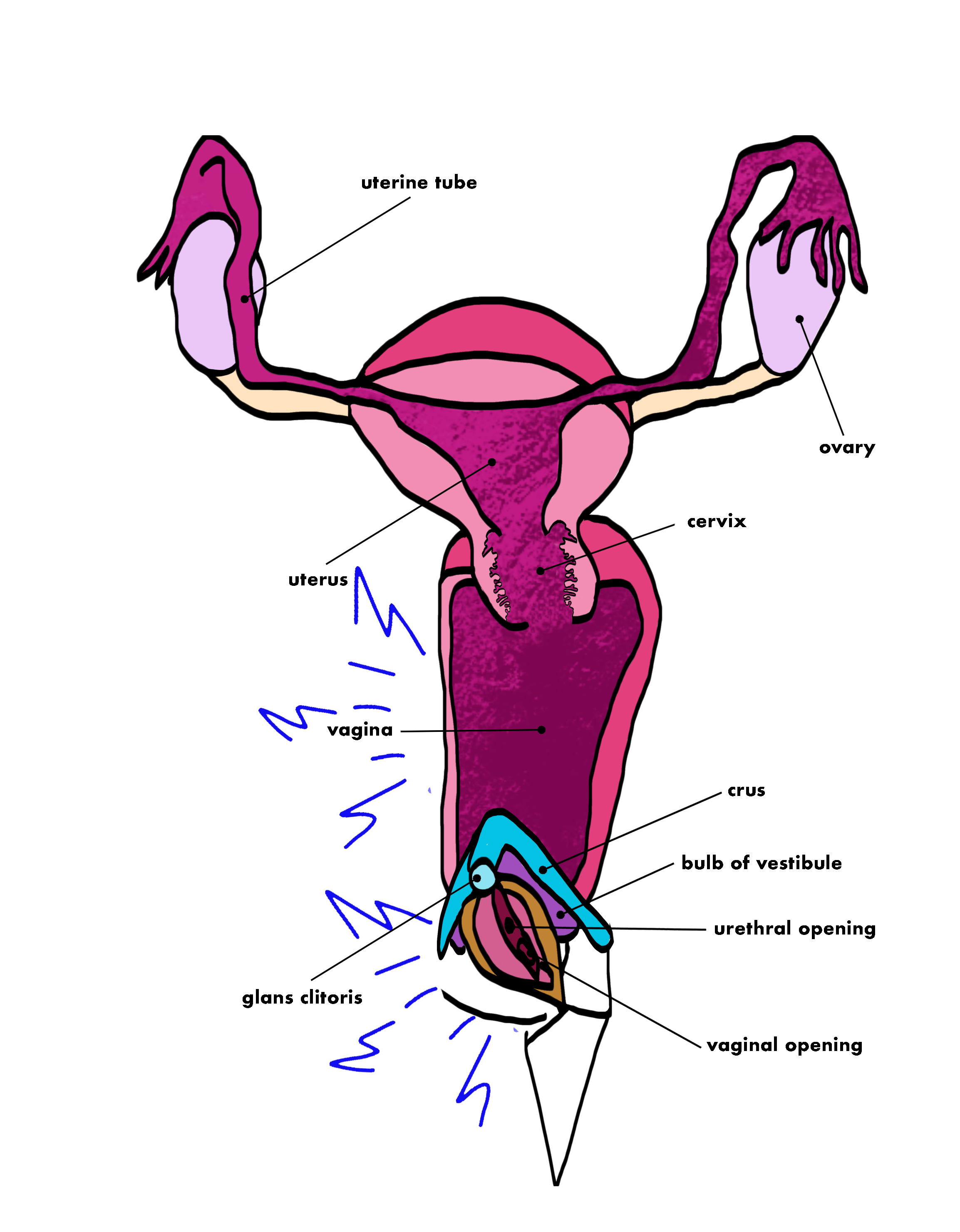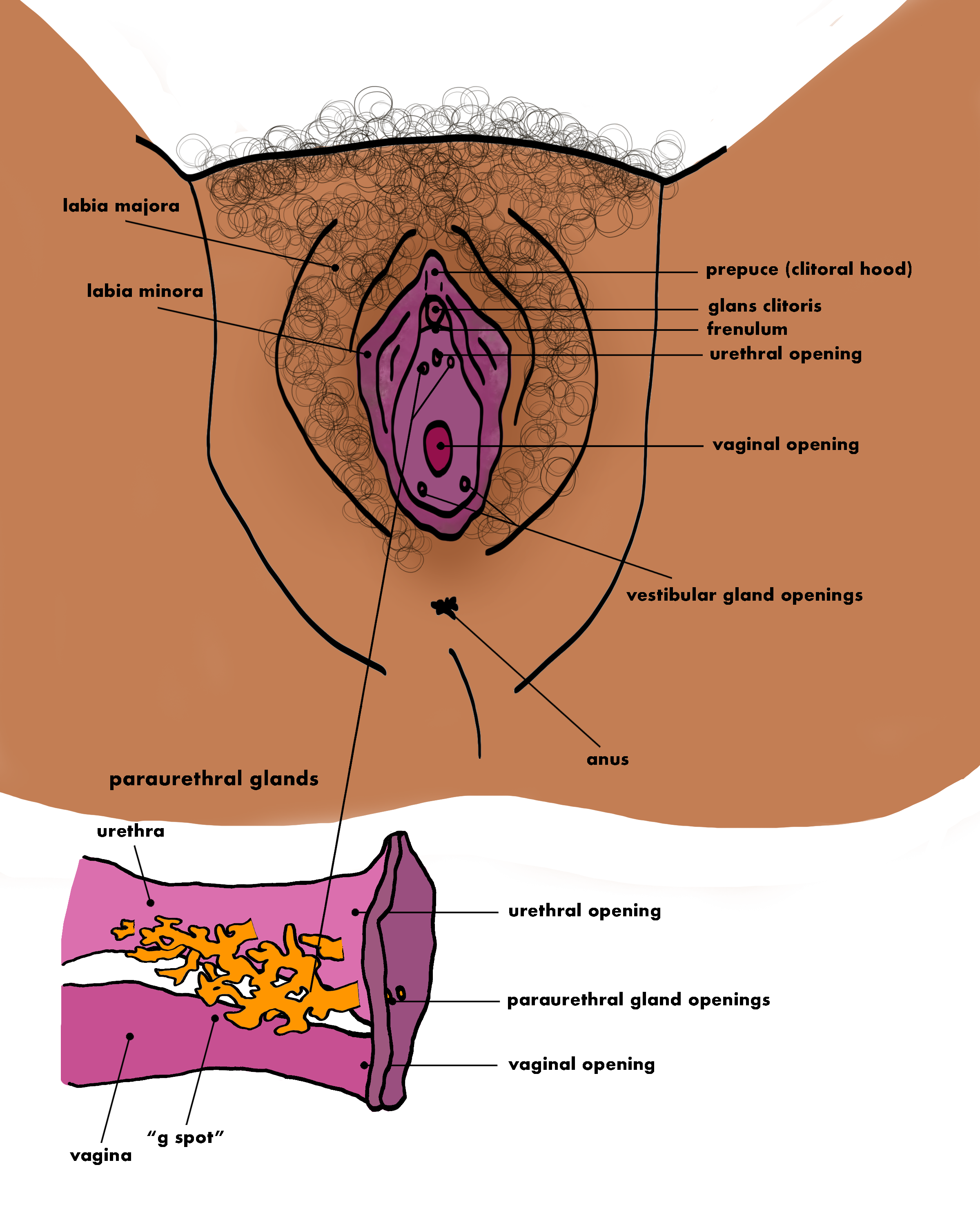Stages of Arousal
There are a few stages to our sexual response.
Understanding them can increase pleasure, intimacy, and creativity.
Stage 1: Tumescense
Tissue engorgement & arousal
Begins within seconds
Slow burn that increases with stimulation
Heart rate, blood pressure, & breathing increases
The limbic system starts a cascade of chemicals including nitric oxide which engorge the labia & clitoris
Stage 2: Orgasmic Plateau
Increased blood flow causes full body flush, including changing the color of your labia
The upper vagina expands while the vaginal opening narrows
Sexual arousal fluid is released from the vestibular glands around the vaginal opening
Epinephrine and dopamine rise.
The clitoris starts to retract under the clitoral hood.
Pleasure increases.
You will maximize your pleasure to elongate this phase of arousal instead of speeding toward climax.
Another reason to elongate the orgasmic plateau is that you receive health benefits of orgasm from generating more oxytocin & nitric oxide, which flush cortisol.
Orgasms provide positive effects on your menstruation, fertility, and mental wellness.
To elongate the orgasmic plateau, either playing by yourself or have a partner pull back on direct stimulation or heavy pressure once you are fully aroused (edging)
Stage 3: Climax
Climax only lasts a few seconds
Oxytocin, serotonin, DHEA spike and suspend cortisol release, resulting in you feeling blissful
Includes rhythmic muscle contractions, and sometimes ejaculation (squirting) from the paraurethral glands and urethra
Stage 4: Refractory Period
This is the come down from orgasm
Heart rate and breathing goes back to normal
Muscles relax
Good time for aftercare and bonding
<< Return to cycle science
Next to what is body literacy? >>
Jump to next section the menstrual life cycle >>

